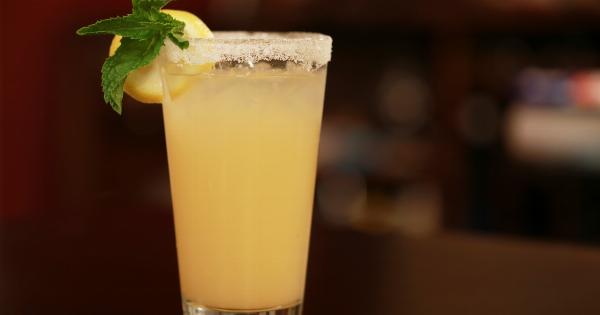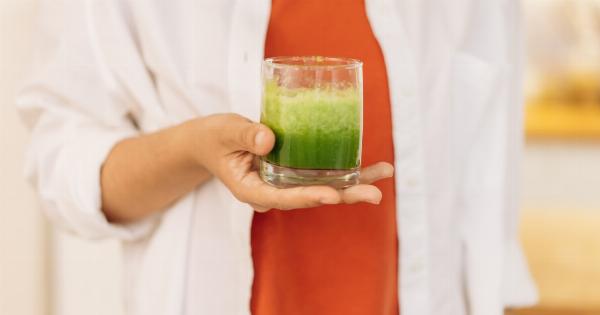Salt is an integral part of our daily diet. It enhances the flavor of our food, preserves it, and even has some health benefits.
However, consuming excessive amounts of salt can lead to various health problems, including high blood pressure, fluid retention, and an increased risk of heart disease.
Most people tend to associate salt with certain foods like chips, pretzels, and pickles. However, you might be surprised to learn that many other foods contain substantial amounts of salt, even though they might not taste particularly salty.
In this article, we will explore some mind-blowing foods that have more salt than you think.
1. Bread
While bread may not taste salty, it surprisingly contains a significant amount of salt. The amount varies depending on the type and brand of bread. On average, a single slice of bread can contain anywhere from 80 to 230 milligrams of sodium.
2. Canned Soups
Canned soups are known for their convenience and comforting flavors. However, they are also notorious for their high sodium content.
A typical can of soup can contain as much as 900 to 1,200 milligrams of sodium, which is almost half of the recommended daily limit.
3. Salad Dressings
Salads are often perceived as a healthy choice, but the salad dressings used to enhance their flavors can be high in salt. Many popular brands of salad dressings can contain up to 300 milligrams of sodium per serving.
To cut down on salt consumption, consider making homemade dressings using fresh ingredients.
4. Breakfast Cereals
Most breakfast cereals, especially the processed ones, contain added salt. They might not taste salty, but they can contribute a significant amount of sodium to your daily intake.
Always check the nutrition labels and opt for low-sodium or unsweetened cereals.
5. Deli Meats
Deli meats, such as ham, turkey, and salami, are a popular choice for sandwiches. However, they are also loaded with sodium. Just a few slices of deli meat can set you back 500 to 600 milligrams of sodium.
Consider choosing fresh, unprocessed meats or reducing your deli meat intake.
6. Cheese
Cheese is a delicious addition to many dishes, but it can be surprisingly high in sodium. Different types of cheese contain varying amounts of salt, with feta, blue cheese, and processed cheese being some of the saltier options.
Opt for low-sodium cheese or moderate your intake to keep your salt intake in check.
7. Frozen Dinners
Frozen dinners are a convenient choice for quick and easy meals. However, they often contain excessive amounts of salt to enhance their flavors and preserve the food.
It’s not uncommon for a frozen dinner to contain over 1,000 milligrams of sodium, so it’s worth checking the labels and choosing lower-sodium alternatives.
8. Condiments
Condiments like ketchup, soy sauce, and barbecue sauce add flavor to our favorite dishes. However, they also contribute to our daily salt intake.
A single tablespoon of ketchup can contain around 150 milligrams of sodium, while soy sauce can contain a whopping 1,000 milligrams per tablespoon. Be mindful of the amount of condiments you use to limit your salt intake.
9. Fast Food
Fast food is notorious for being high in salt, as it often relies on salt to enhance the flavors of processed ingredients. A typical fast food meal can contain over 1,500 milligrams of sodium, surpassing the recommended daily limit.
Try to limit your consumption of fast food or choose lower-sodium options when available.
10. Canned Vegetables
Canned vegetables are a convenient option when fresh produce is not available. However, they often come packed in salty brine or sauces to extend their shelf life. Some canned vegetables can contain up to 400 milligrams of sodium per serving.
Consider rinsing them before using to reduce the sodium content.
























